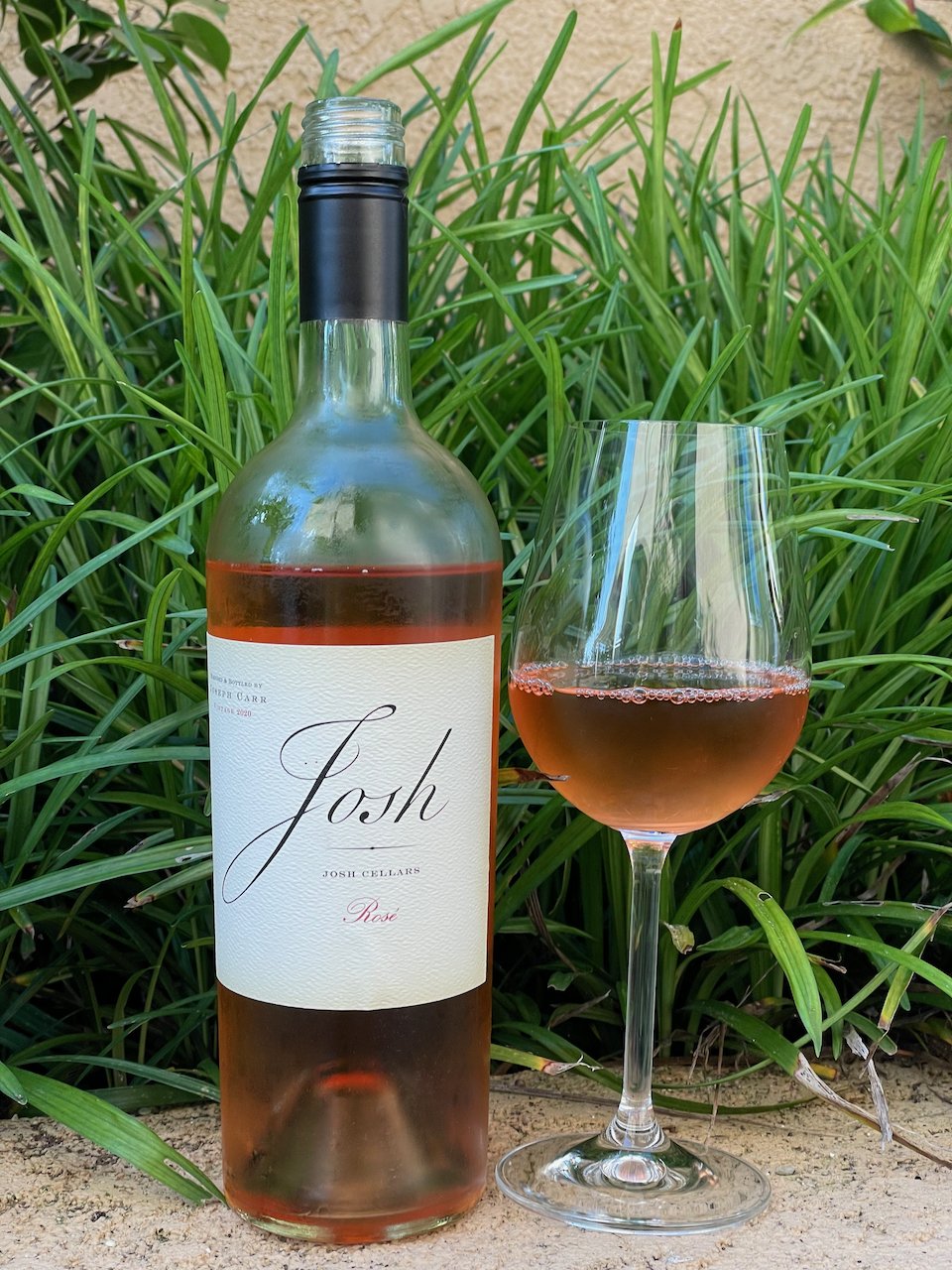Photo by Michelle McEwen on Unsplash
Have you ever seen a bottle of sparkling wine that has “Blanc de Noirs” on the label and wondered what it is?
Here are a few facts about Blanc de Noirs:
Blanc de Noirs is a term from the Champagne region in France. It is used to refer to champagne produced entirely from black (noir) grapes Pinot Noir and/or Pinot Meunier.
Blanc de Noirs means literally 'white of blacks' since the resulting color of this type of Champagne is white.
The reason that Blanc de Noirs is white is because the clear juice of the Pinot Noir and/or Pinot Meunier grapes is immediately separated from the black skins of the grapes. If the juice had been left in contact with the skins during fermentation, you’d get a typical red wine color.
Blanc de Noirs is different from the majority of champagnes that are made with a traditional blend of white and red grapes, usually Chardonnay, Pinot Noir and Pinot Meunier.
It is also different from Blanc de Blancs champagne, which is produced from Chardonnay. Other grapes such as Pinot Blanc and Arbane are also permitted to be used, as well as a number of other varieties, but they are less common.
Blanc de Noirs champagnes are typically richer, fruiter and more full-bodied than regular Champagne and Blanc de Blancs.
Blanc de Noirs sparkling wines are produced in the Champagne region's more southerly vineyards.
Blanc de Noir sparkling wines are made in the Champagne region of France using the traditional ‘Methode Champenoise’ where the secondary fermentation takes place in the bottle.
There is no legal requirement to identify a Champagne made from red grapes as being a Blanc de Noirs - it’s up to the maker to decide if they want to call it Blanc de Noirs or simply Champagne.
So, next time you see Blanc de Noirs you’ll know it’s made entirely from black grapes! Cheers!






